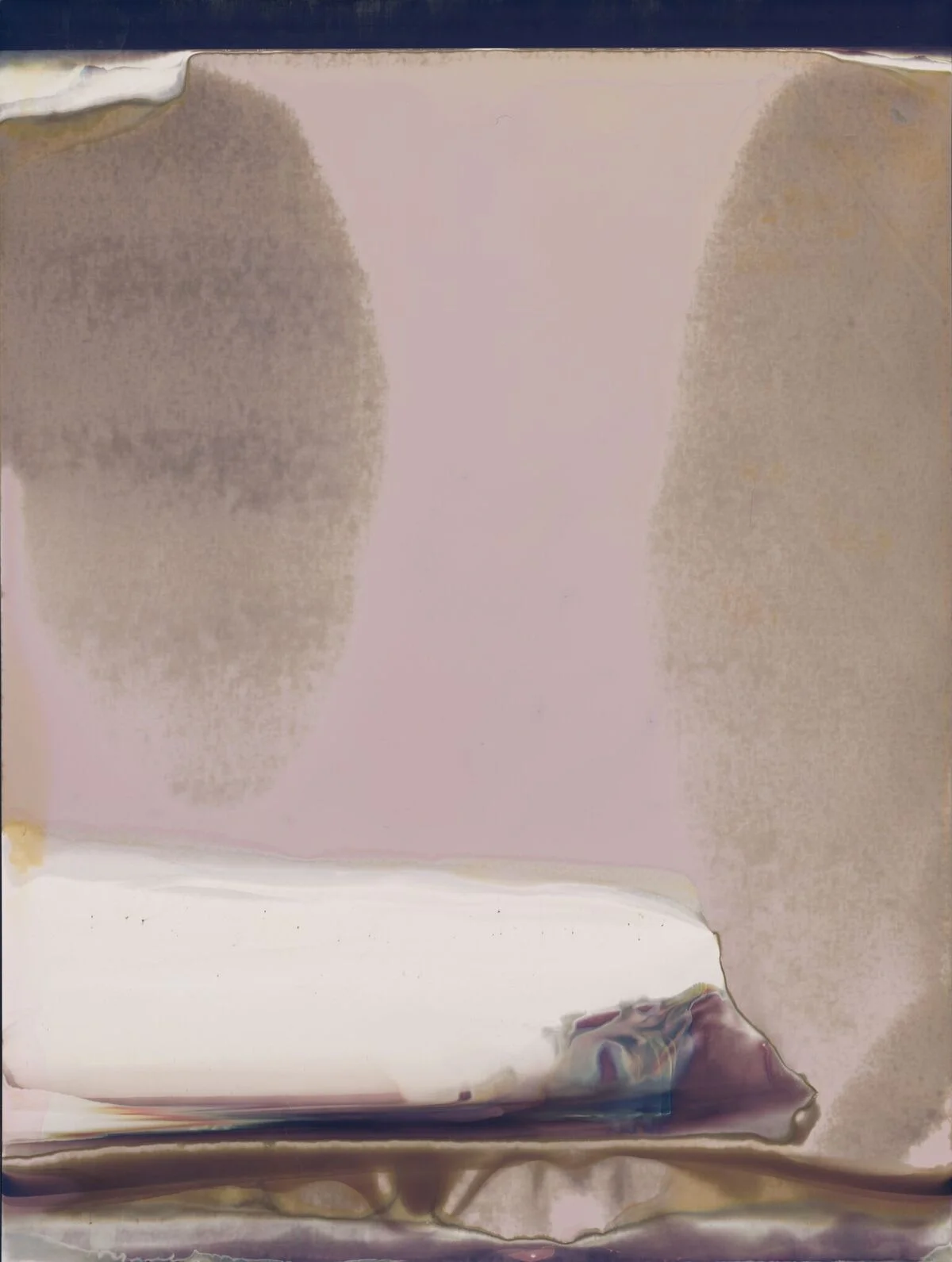Paulo Coqueiro’s Não Minta Para Mim: Filters and Falsehoods
© Paulo Coqueiro
Não Minta Para Mim [Don’t Lie to Me] is a two year project of Paulo Coqueiro’s, a Brazilian artist who forges the truth by way of photography. The central focus of Não Minta Para Mim is Tito Ferraz, a political photojournalist. It is important to state here that Tito Ferraz is not a real person; Ferraz is a fictional character that Coqueiro contrived. Ferraz, albeit a figure of the imagination, was rooted in the real world. Ferraz (i.e. Coqueiro acting as Ferraz) effectively connected with real people via Facebook and communicated with others via Facebook Messenger. Ferraz, a fictional character, built relationships in the real world. Although he never actually existed, his disappearance in 2016 was felt by those who felt akin to Ferraz.
© Paulo Coqueiro
Needless to say, Não Minta Para Mim is an experimental series. It explores photography’s role in the post-truth era. How do photographs contribute to the post-truth era? We are bombarded by pictures of world events, public figures, and of people in our local communities. For some time, photography has been regarded as an agent of the truth. Seldom do we question a picture, and that’s because we take pictures for face value. Nowadays, most people have access to some form of a camera. To add to that, most people have a platform by which they display their pictures—of themselves, of loved ones, of important personal as well as public events—but how many of those pictures are filtered? And to what extent are they filtered?
© Paulo Coqueiro
Coqueiro’s forensic-style photography plays on narrative and representation. In the picture captioned “Several objects were found relating to the case” are Ferraz’s ostensibly personal items. There is a concealed cellphone, two battered cameras, damaged identification cards, photos, etc. But none of those objects were actually Tito Ferraz’s. It is hard to tell because of the way this picture is put together; this picture is filtered.
“Portrait attributed to photographer Tito as a child in the 1970s. Most research indicates that Tito Ferraz was born on August 2 1969 in the countryside of Bahia.” © Paulo Coqueiro
In the picture captioned, “Most research indicates that Tito Ferraz was born on August 2 1969 in the countryside of Bahia,” we see a black-and-white picture of infantile Tito Ferraz. The child’s face is darkened, making his mouth and nose barely visible, but the most important thing to notice is his unreadable eyes. This picture is visibly filtered.
Coqueiro’s series challenges our notion of photography as this democratic, truth-exposing, medium. We look to photographs for truth and judge the picture for its face value. Coqueiro’s series is a wake- up call. Look closely, and look again! Pictures come to us in frames. Boxing in the subject/object, while, leaving out a multitude of narratives taking place behind the scenes. So, although photography is all about looking, we must reeducate ourselves how to see.
© Paulo Coqueiro












